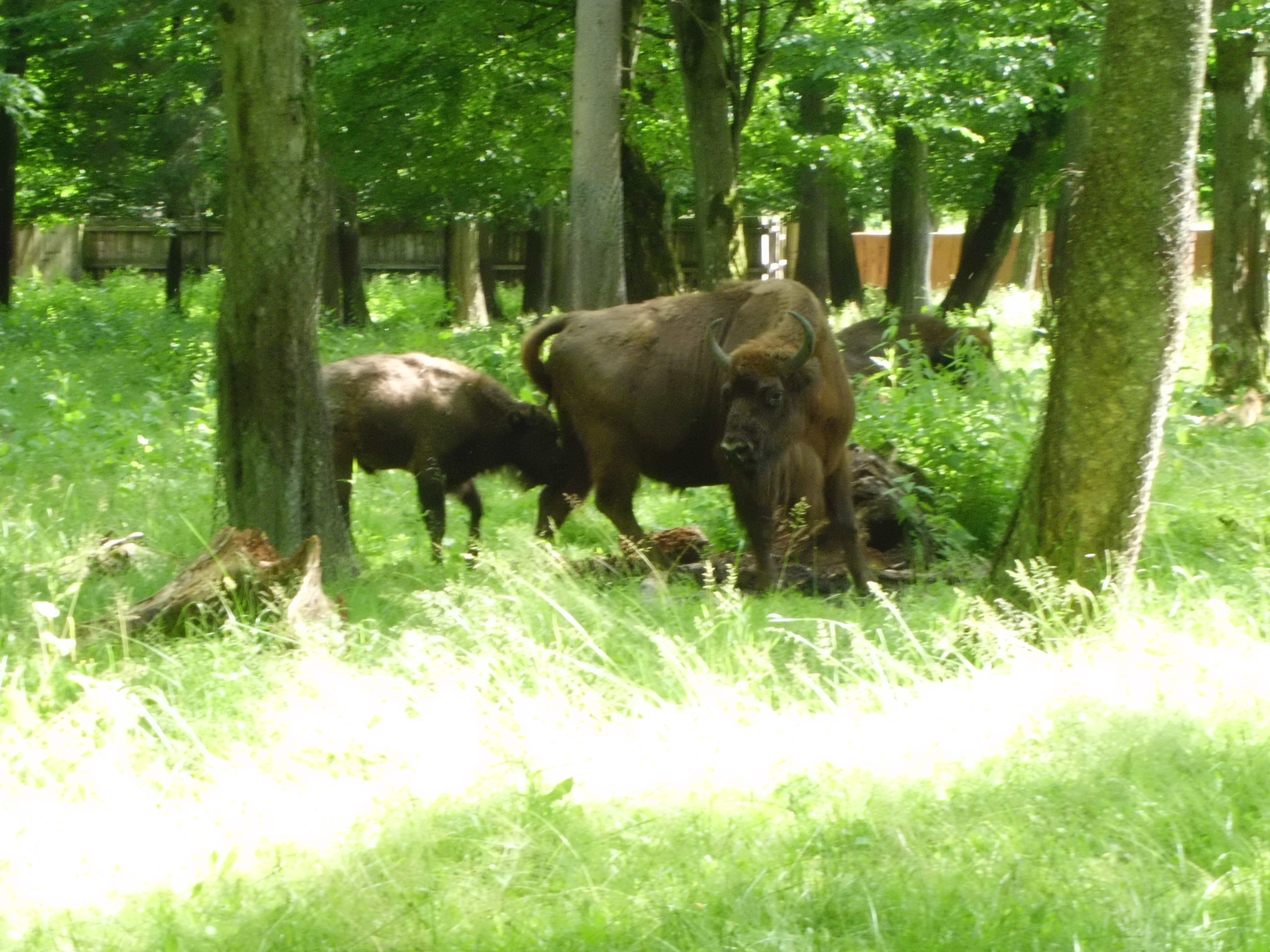|
Conservation Paleobiology
Conservation paleobiology is a field of paleontology that applies the knowledge of the geological and paleoecological record to the Conservation biology, conservation and restoration of biodiversity and ecosystem services. Despite the influence of paleontology on ecological sciences can be traced back at least at the 18th century, the current field has been established by the work of K.W. Flessa and G.P. Dietl in the first decade of the 21st century. The discipline utilizes paleontological and geological data to understand how biotas respond to climate and other natural and anthropogenic environmental change. These information are then used to address the challenges faced by modern conservation biology, like understanding the extinction risk of endangered species, providing baselines for restoration and modelling future scenarios for species range's contraction or expansion. Description of the discipline The main strength of conservation paleobiology is the availability of long te ... [...More Info...] [...Related Items...] OR: [Wikipedia] [Google] [Baidu] |
Paleontology
Paleontology (), also spelled palaeontology or palæontology, is the scientific study of life that existed prior to, and sometimes including, the start of the Holocene epoch (roughly 11,700 years before present). It includes the study of fossils to classify organisms and study their interactions with each other and their environments (their paleoecology). Paleontological observations have been documented as far back as the 5th century BC. The science became established in the 18th century as a result of Georges Cuvier's work on comparative anatomy, and developed rapidly in the 19th century. The term itself originates from Greek (, "old, ancient"), (, ( gen. ), "being, creature"), and (, "speech, thought, study"). Paleontology lies on the border between biology and geology, but differs from archaeology in that it excludes the study of anatomically modern humans. It now uses techniques drawn from a wide range of sciences, including biochemistry, mathematics, and engineering. ... [...More Info...] [...Related Items...] OR: [Wikipedia] [Google] [Baidu] |

